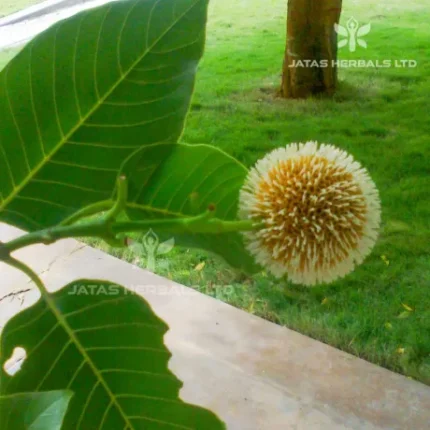Brihat Trayi have described it under Phala varga and its usage is limited. It is mainly useful in Mutra vikarasand Apasmara. All the Nighan¢us quoted it extensively. DhanvaÆtari Nighantu mentions it as the best among the valli phalas. Kaiyadeva described the properties of unripen fruits, ripen fruits, juice, pulp and leaves.
It is observed that generally Pumpkin is accepted as Kushmanda but it is incorrect. Pumpkin shall be considered as ‘Kushmandika’.
Botanical Description– It is a climber, stem branched, diffuse. Leaves- petioles hirsute, 5-20 cm. long; lamina reniform- rotund, deeply cordate; margin sinuate. Dentate. Tendrils slender. Calyx tube (male) densely villose. Petals spreading, obtuse. Filaments hispid. Ovary ovoid or cylindric, softly hairy. Fruits- fleshy, hairy when young, waxy, bloom when nature. Seeds- Comoressed ovoid, yellowish white. (Flowers and fruits during June-Oct.).
Distribution–Cultivated in tropical and subtropical parts of India.
Major chemical constituents–
Fruits- amino acids, proteinase, vit. B, Vit. C, glucose, mannitol, n-triacontanol; β sitosterol, lupeol.
Seeds- aractidic, linoleic, linolenic, oleic, palmitic acids; cucurbitacin B, β sitosterol etc.
Part Used–Fruits, seed, seed oil.
Dosage–Fruit 10-20 g; seed powder 3-6 g; seed oil 5-10 ml.






Reviews
There are no reviews yet.